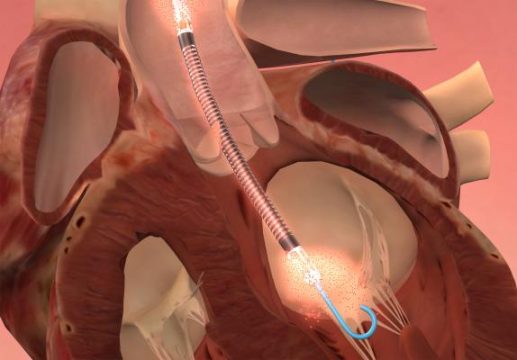The population is aging, which is closely related with the presence of aortic stenosis. This condition, as we know, is associated with coronary artery disease (CAD) approximately in 50% of cases. In high risk surgical patients, this calls for procedures such as percutaneous coronary intervention (PCI) and transcatheter aortic valve replacement (TAVR).

PCI with ventricular assistance devices has surged as a valid option in this scenario; however, we should note that information on this treatment strategy is limited.
This study recruited 15 patients with severe CAD and severe aortic stenosis at high surgical risk, but the Impella failed to cross the aortic valve in 1 patient, who was excluded despite having received balloon aortic valvuloplasty.
Mean patient age was 88, and 6 were women. Mortality STS score was 8.3%, and SYNTAX was 16. Also, 12 patients presented hypertension and 3 had diabetes.
Cardiac parameters showed ejection fraction was 51%, aortic valve area (AVAO) 0.85 cm², and mean gradient 40 mmHg. Left ventricular end-diastolic pressure was 19 mmHg, while median pulmonary capillary wedge pressure was 17 mmHg. Five patients experienced cardiac failure with ventricular function deterioration.
Read also: Low vs High Dose Drug Coated Balloons in Femoropopliteal Territory.
Left main PCI was performed in 6 patients, rotational atherectomy in 10, and 2 received two-vessel PCI.
The Impella was advanced via the femoral artery in all patients, which required prior valvuloplasty in two cases. We should point out there were no vascular complications and that the Impella access site was closed with 2 Proglide devices, and the PCI access site was closed with 1 Proglide device.
As regards complications, there were no significant adverse events after PCI.
RRead also: Coronary Calcification: More Frequent Use of Coronary Lithotripsy as a Recommendation.
Time between Impella placement and TAVR was 25 days, on average, ranging between 10 and 35 days.
As regards TAVR, all patients received a Sapien valve successfully, with no serious complications in the 30 days after intervention.
Conclusion
In sum, the outcomes of this series of cases carried out in a single center indicate that high risk Impella assisted PCI is feasible and safe as preparation for TAVR in selected patients with severe aortic stenosis.

Dr. Carlos Fava.
Member of the Editorial Board of SOLACI.org.
Original Title: Feasibility and Safety of Impella-Assisted High-Risk PCI Before TAVR in Patients With Severe Aortic Stenosis.
Reference: Ilhwan Yeo, el al. JSCAIhttps://doi.org/10.1016/j.jscai.2023.101061.
Subscribe to our weekly newsletter
Get the latest scientific articles on interventional cardiology





